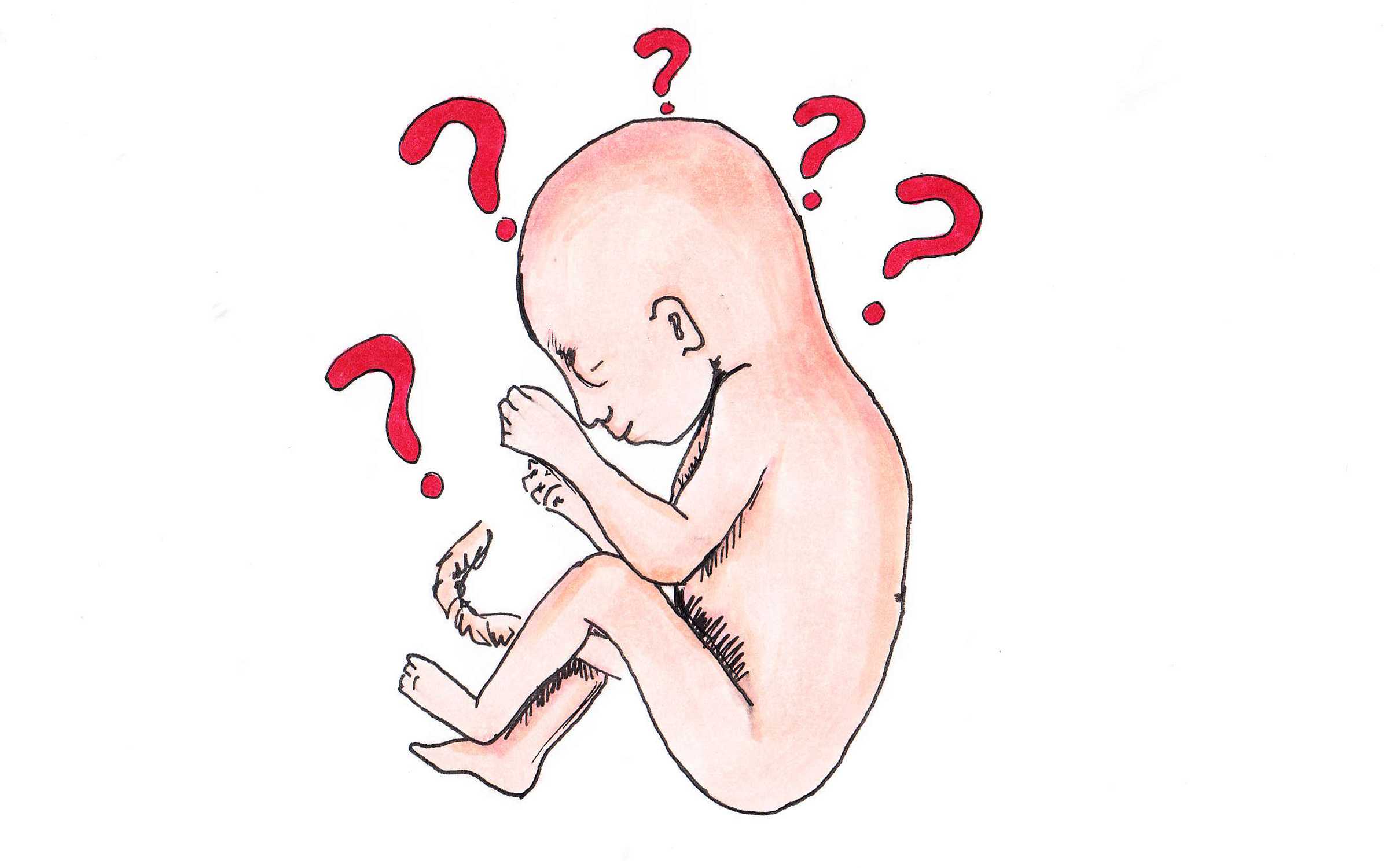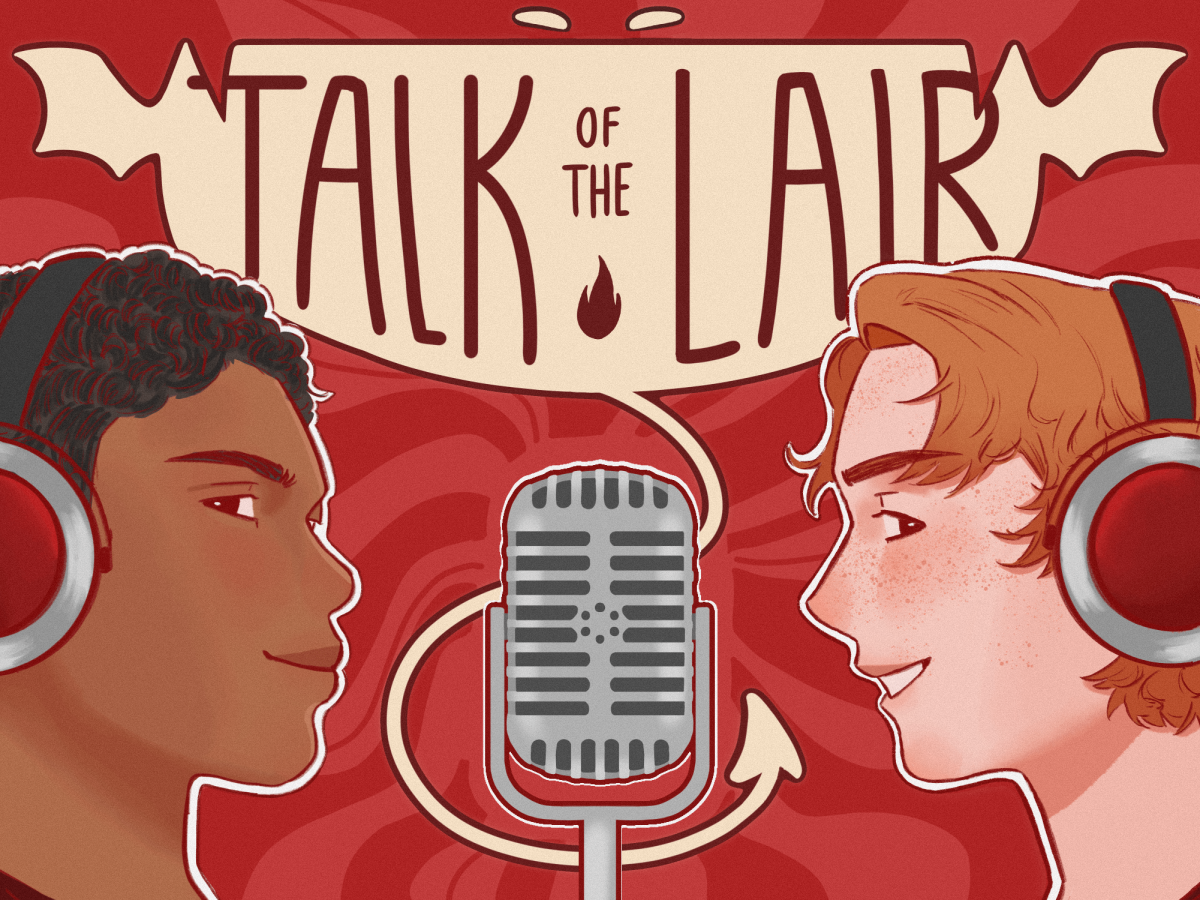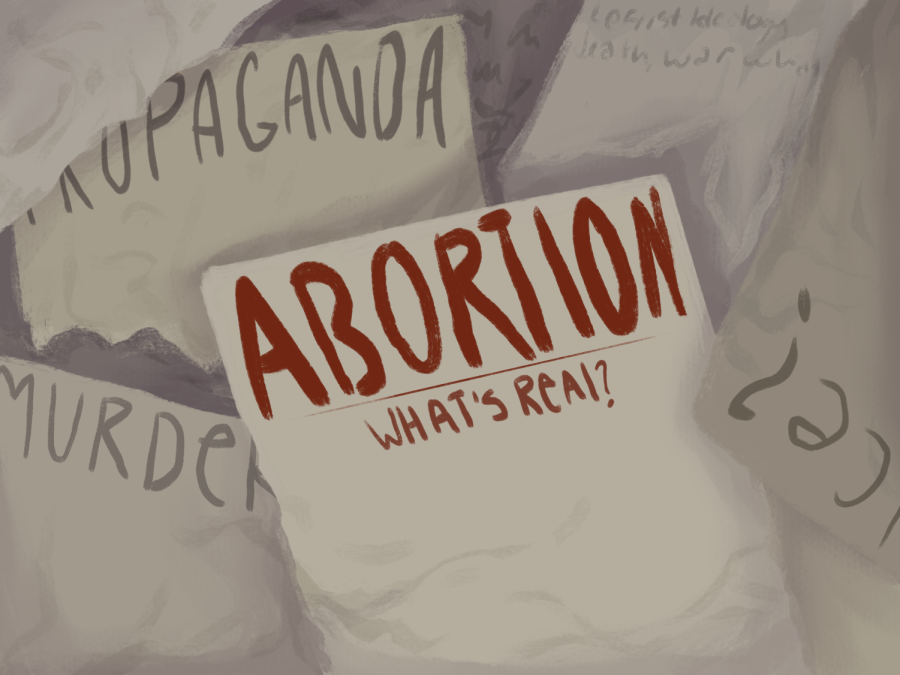
A woman’s right. Legal. Murder. Disgusting. These are all adjectives used to describe abortion. It is one of the most heated and debated topics in America, yet most of us have questions. To be able to debate, we must be informed. What abortion really is and what surrounds it is a complex issue that many people do not discuss. There are many questions that politicians and people discussing abortion leave unanswered.
- What is abortion?
Abortion is the willing termination of a pregnancy. There are many different reasons people may get an abortion. Some include the well-being of the mother and risk of poor well-being of the child, health risk to the mother, and serious mental or physical disabilities of the child.
- How is an abortion performed?
The type of abortion recommended is based on how far into her pregnancy the woman is. An ultrasound is done to determine this. The type of abortion will vary based on what clinic you go to. The farther along in the pregnancy, the more involved the abortion is.
Up to nine weeks: Early medical abortion is an option for women at this point. The woman takes 2 different medicines around 2 days apart. This method is similar to a miscarriage.
Nine to twenty weeks: Late medical abortion is an option similar to an early medical abortion. The same medication is used, but the woman must take more of it. Sometimes a woman will have to spend the night in a hospital, and may have to take at least two rounds of medication. This can be a painful process.
First Trimester: Aspiration is usually done prior to sixteen weeks after a woman’s last period. It is “a procedure that ends pregnancy by emptying the uterus with the gentle suction of a manual syringe or with machine-operated suction. Also called in-clinic abortion.”
Second Trimester: Dilation and evacuation (D&E) is the procedure generally performed after sixteen weeks from a woman’s last period. “It usually includes a combination of vacuum aspiration, dilation and curettage (D&C), and the use of surgical instruments (such as forceps).” This is usually performed in a hospital, but the procedure will usually take only 30 minutes. Other possible procedures include Dilation & Curettage (D&C) or Induction Abortion.
- What happens after an abortion?
Women: Women are given care instructions after their abortion, and precautions are taken to make sure the woman is safe and healthy. Many forms of counseling are also available. Studies have shown that over 95% of women do not regret getting an abortion. However, sometimes a woman may feel grief or anger. This really only occurs when women have had emotional problems previous to the abortion or if loved ones don’t support their decision. A woman may feel grief if she had to get an abortion for her own health. Having an abortion will not cause the same emotions as typical pregnancy. For example, a woman will not have postpartum depression after an abortion. It is a myth that abortion causes psychological issues.
Waste: The fetal tissue is disposed of after the abortion. Fetal remains are considered medical waste, and different states have different regulations for disposal. Generally the waste is treated and either burned, put into a sanitary landfill, or grinded and discharged to a sanitary sewer. When the tissue is burned it can provide heat and electricity. Burning is a means of disposal of hospital waste worldwide. All of the previously mentioned means of disposal are legal and follow health regulations. There is no evidence that abortion clinics are profiting from selling fetal parts.
- How late can a woman get an abortion?
Late-term abortion is an abortion after the fetus is “viable” or “able to survive outside the womb.” This is much debated. It is generally 24 weeks into a pregnancy. That is the latest a woman can generally get an abortion in the united states. Over 41 states have laws prohibiting post-viability abortion. Because of scientific advancements, fetus viability and late-term abortion has become a “grey area.”
- Are there any exceptions?
Some states do allow late-term abortions if the mother’s life is at stake. Twenty-six states allow a post-viability abortion if the mother’s “life or health” are risked by continuing the pregnancy.
- How many women get abortions? What type of women get abortions?
Approximately one in five pregnancies worldwide end in abortion. More than fifty percent of women who receive abortions are in their twenties. Any “kind” of woman could possibly get an abortion, but some demographics get abortions more often than others. Mothers make up the majority of women getting abortions (which is a surprising fact to many). Women who are “unmarried, black or Hispanic, or economically disadvantaged” have some of the highest abortion rates. The majority of women receiving abortions (over the age of 17) would consider themselves religious. Abortion rates among teens have been declining.
- What reasons do women really need an abortion?
There is not one reason for abortion. However, there are ones that are significantly more common than others. The most named reason for women getting an abortion is that they cannot afford a baby or that they’re not ready for motherhood. Pregnancies by rape or incest are situations where an abortion is necessary. Children produced out of incest often have birth defects, and children born out of rape can cause significant emotional trauma to the mother. “Need” is a subjective term, but it is fair to say that without abortion there are many women who would struggle in a variety of physical and mental ways.














